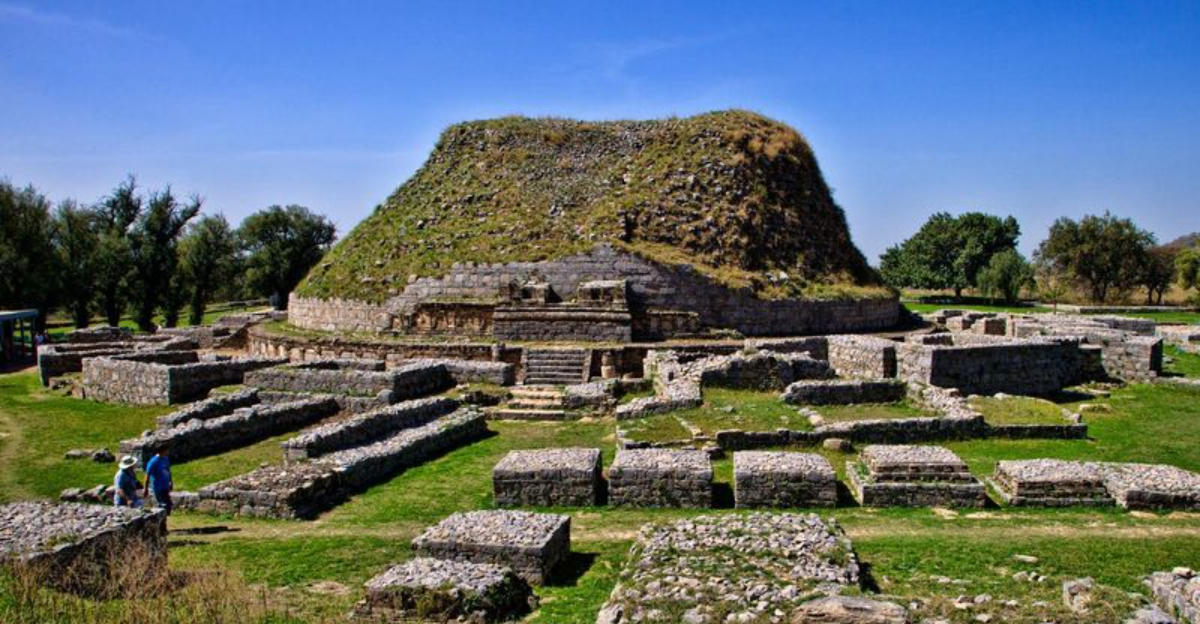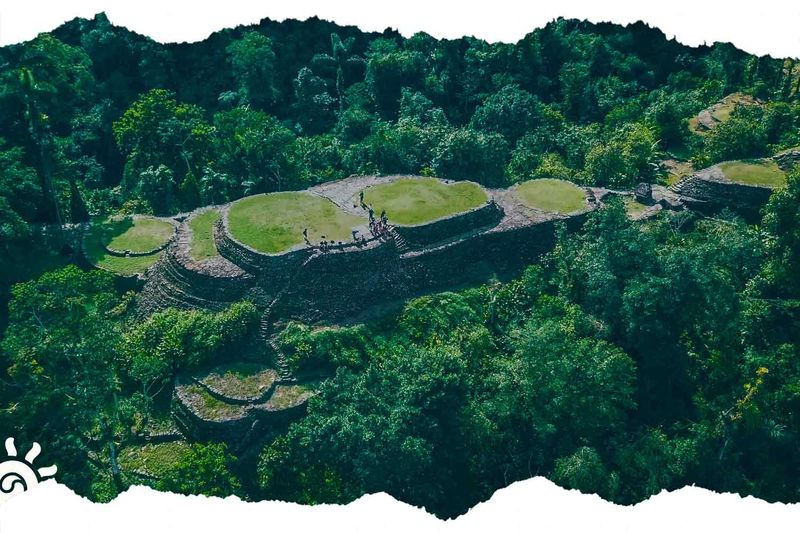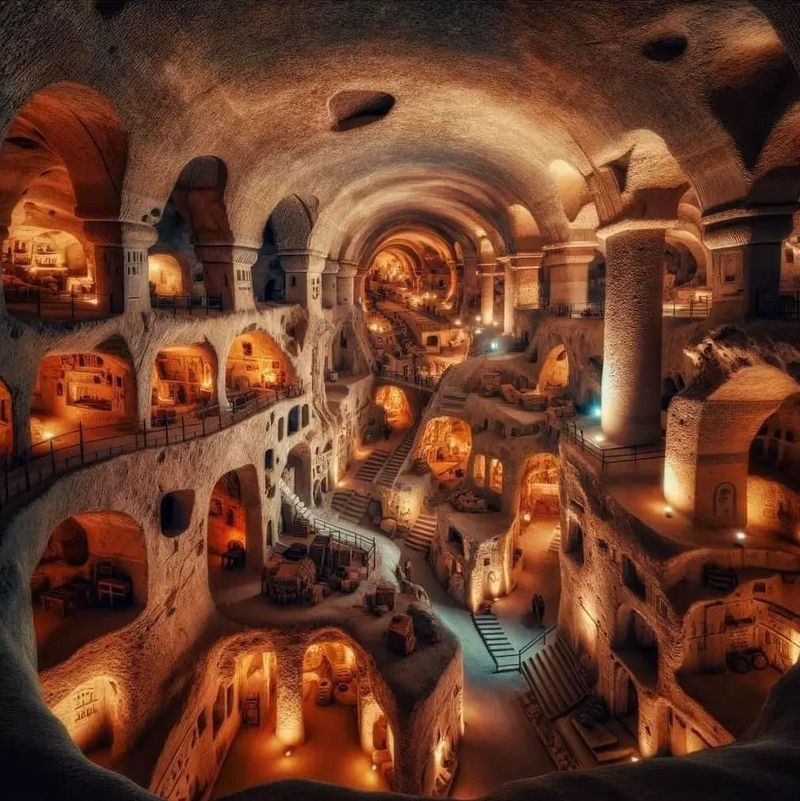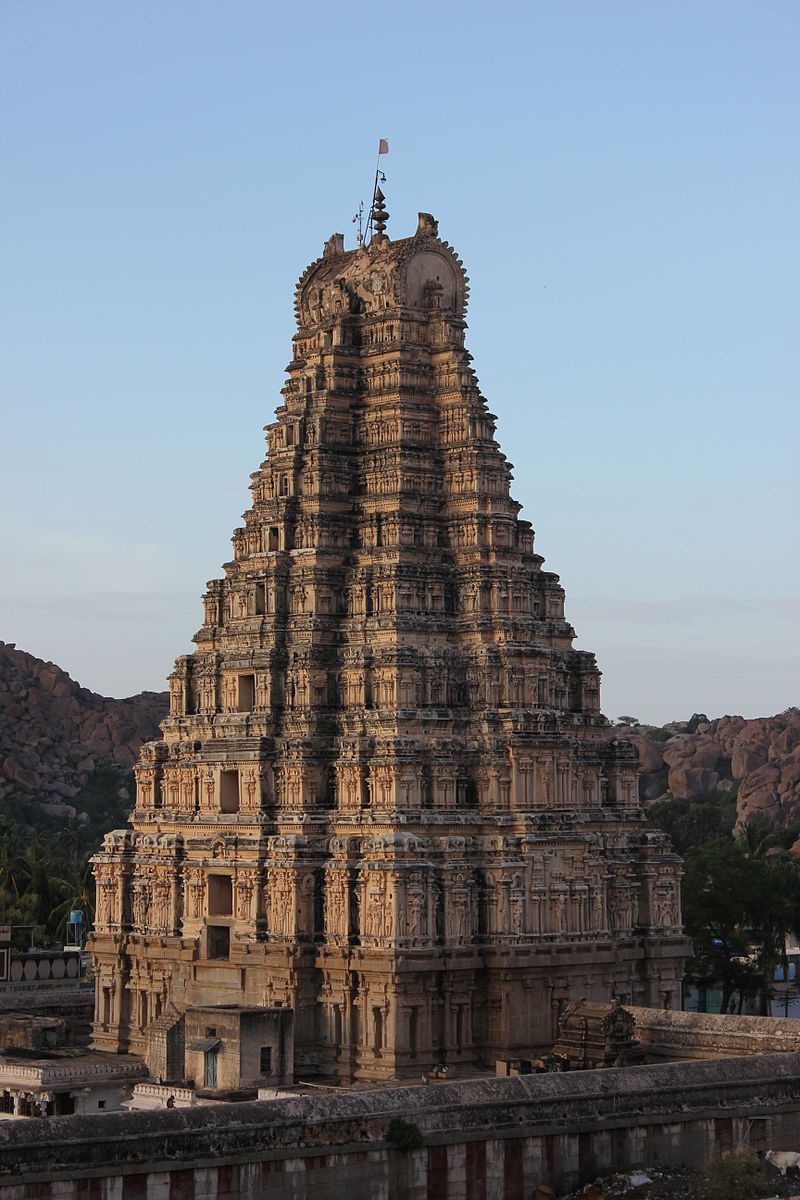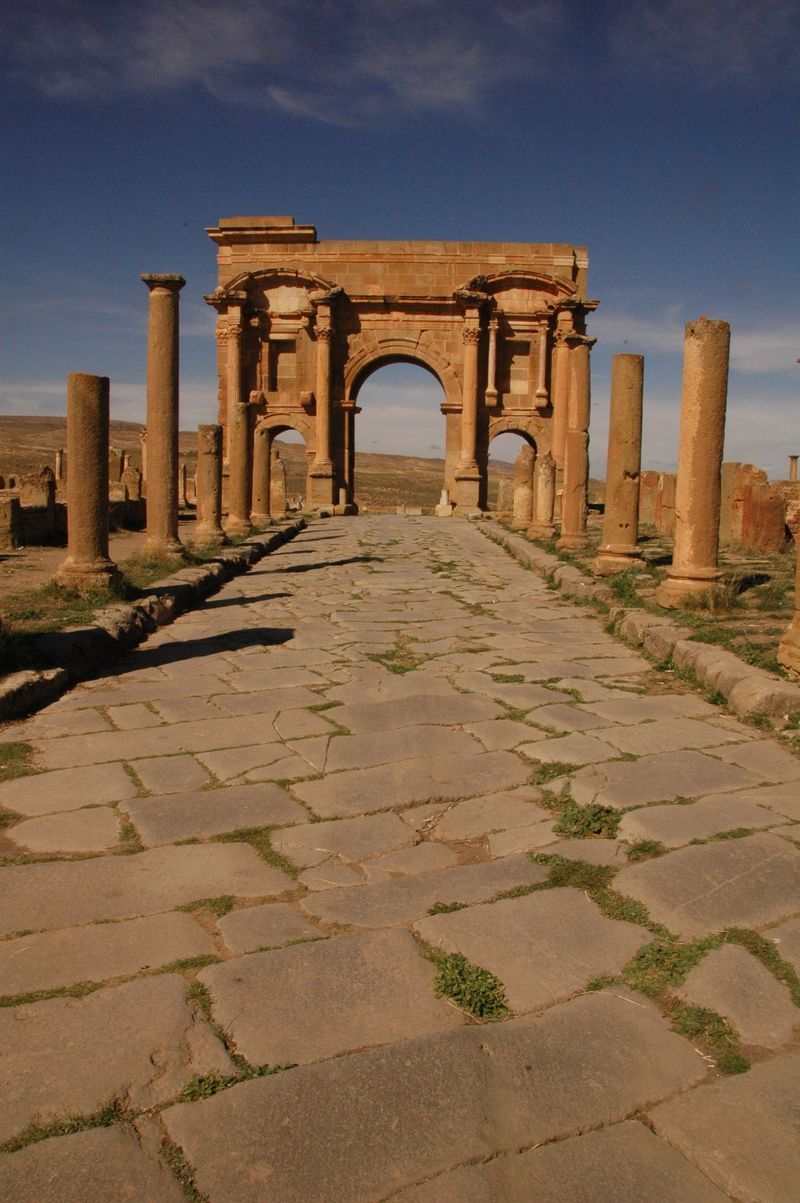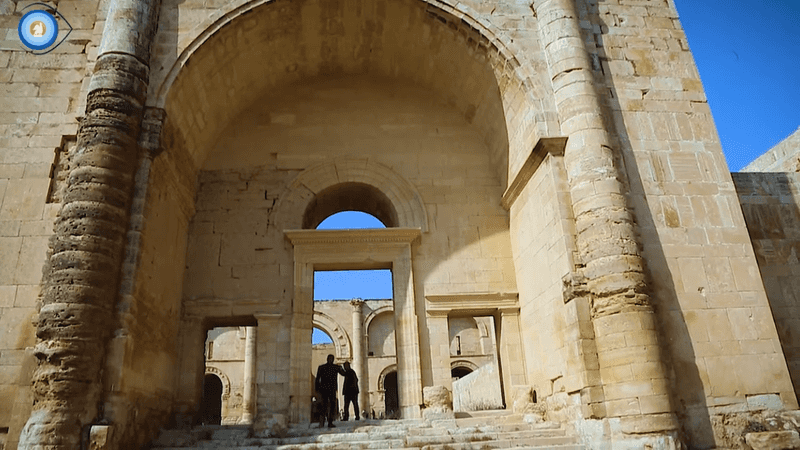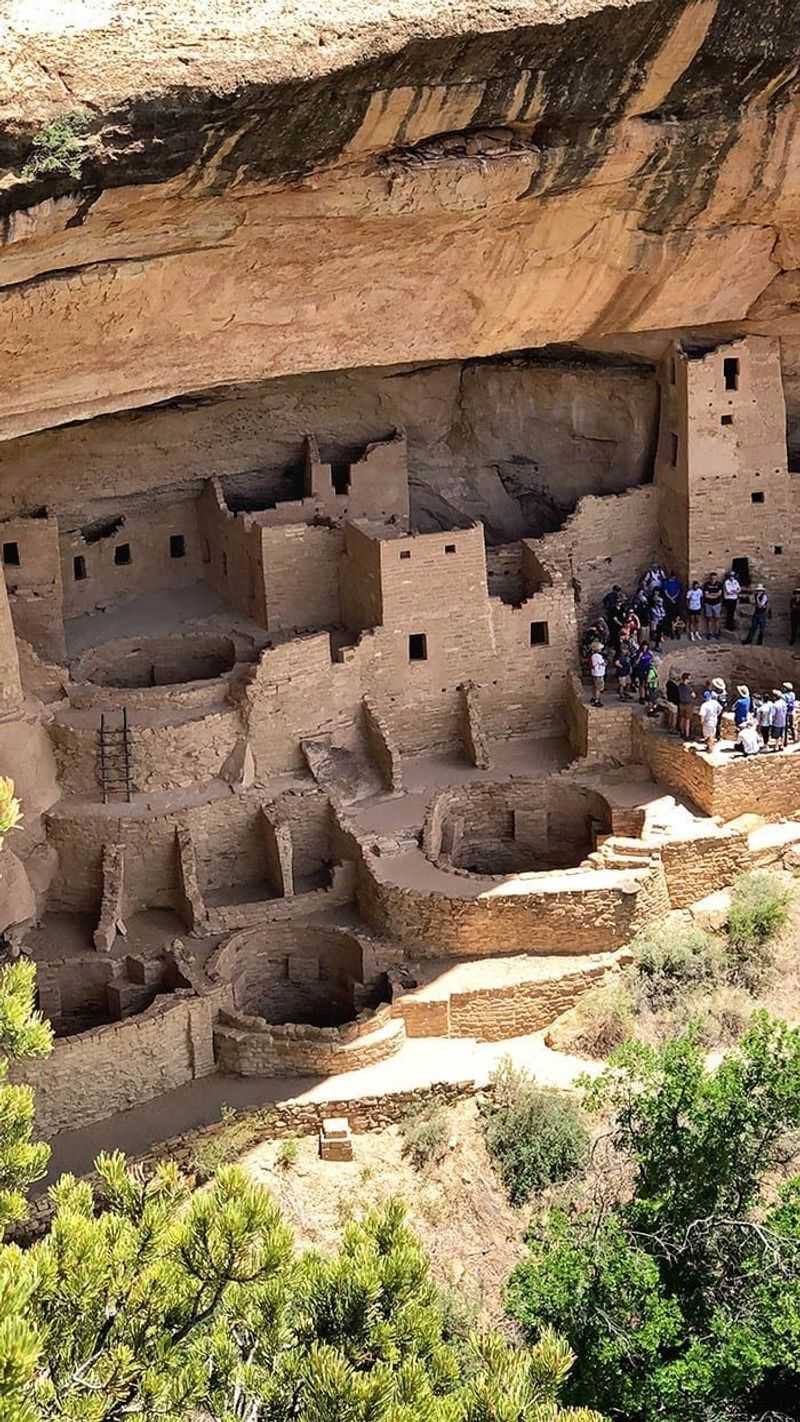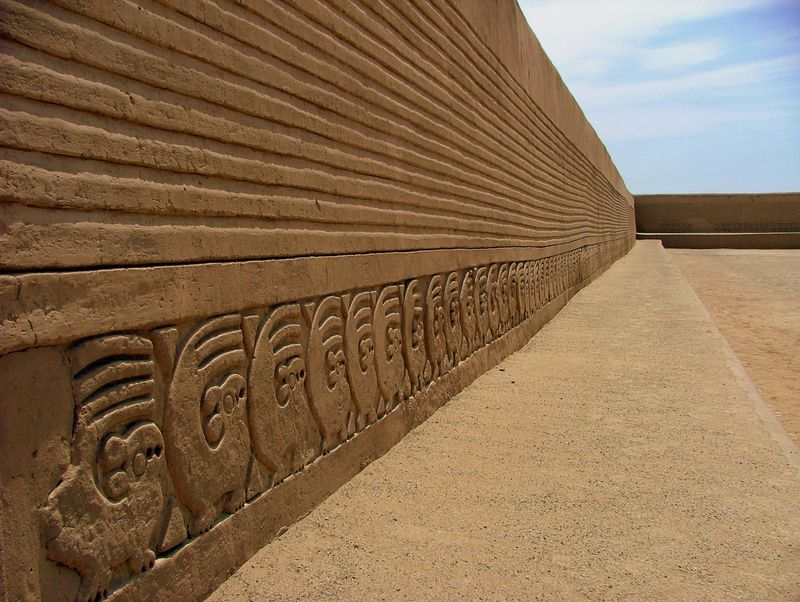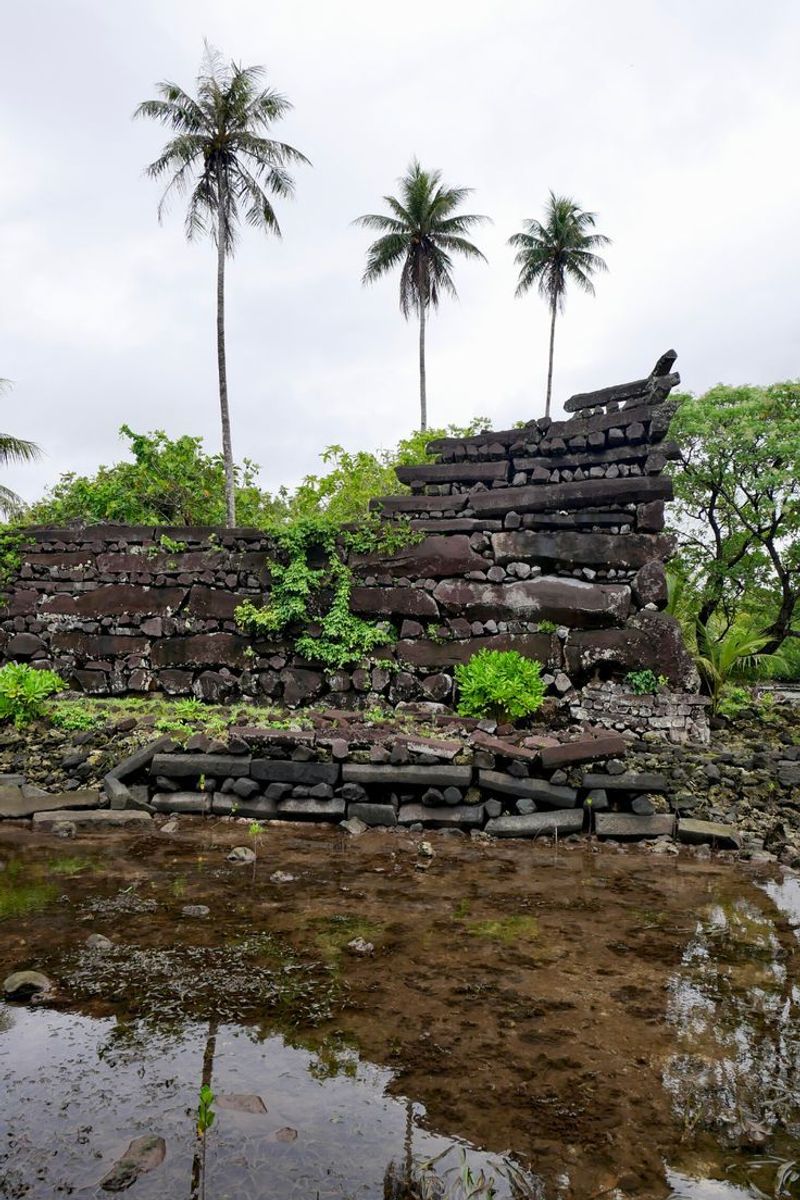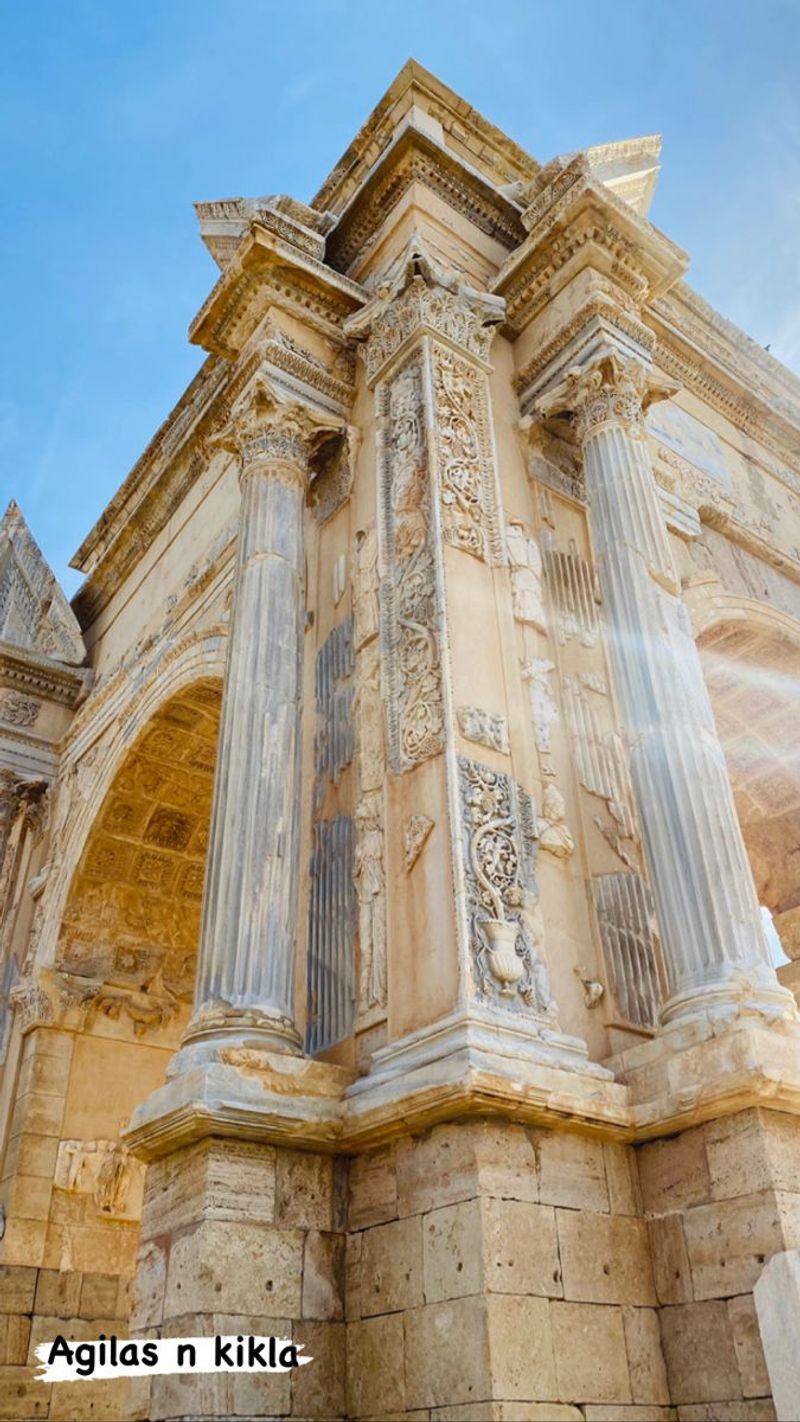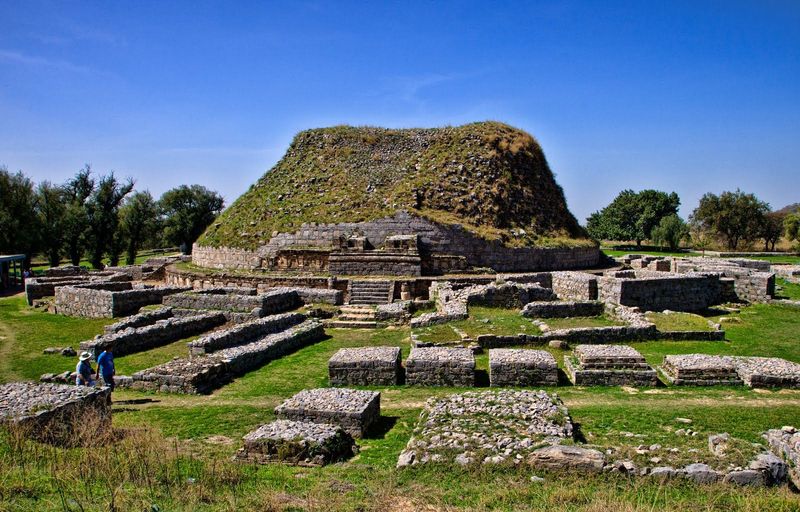Embark on a journey through time as we uncover ten enigmatic ancient cities that history forgot. These hidden gems, overshadowed by more famous sites, offer a glimpse into lost civilizations and the mysteries they left behind. From the dense jungles of South America to the sands of the Middle East, these cities hold untold stories waiting to be discovered. Join us as we explore these fascinating places and imagine the lives of those who once called them home.
Ciudad Perdida, Colombia
Nestled in the Sierra Nevada mountains, Ciudad Perdida is a lost city older than Machu Picchu. First discovered in 1972, this ancient Tayrona civilization city is only accessible by a challenging trek through the jungle, adding to its mystique.
The city comprises a series of terraces carved into the mountainside, connected by stone pathways. Circular plazas are scattered throughout, hinting at its past as a vibrant community center.
Visiting Ciudad Perdida is like stepping back in time, offering a remarkable insight into pre-Columbian life. Adventure seekers will find this trek both demanding and rewarding.
Derinkuyu, Turkey
Hidden beneath the surface of Cappadocia lies Derinkuyu, an ancient multi-level underground city. Carved out of soft volcanic rock, it could house up to 20,000 people, including livestock and food stores.
The city features complex networks of tunnels, rooms, and ventilation shafts. Its ingenious design allowed inhabitants to survive sieges and harsh winters.
Exploring Derinkuyu reveals ancient ingenuity and resilience. Walking through these dimly lit tunnels, one can only imagine the bustling life that once thrived underground. It’s a testament to human adaptation and survival in hostile environments.
Vijayanagara, India
Once a thriving metropolis, Vijayanagara now stands as a testament to the grandeur of the past. Located in South India, it was the capital of one of the largest Hindu empires.
The city is renowned for its impressive stone temples and palaces, adorned with intricate carvings and sculptures. These ruins offer a glimpse into a rich cultural heritage.
Surrounded by lush greenery and rocky hills, Vijayanagara is a place where history and nature intertwine. Visitors can explore its extensive ruins, imagining the vibrant society that flourished here centuries ago.
Timgad, Algeria
Built by the Romans in the North African desert, Timgad is a marvel of ancient urban planning. Established in the 1st century AD, it served as a military colony.
The city is laid out in a perfect grid pattern, showcasing Roman architectural prowess. Its well-preserved ruins include stone arches, colonnaded streets, and public baths.
Timgad’s grandeur is still evident today, offering a window into Roman life in Africa. Strolling through its streets, one can appreciate the blend of beauty and functionality that defined Roman engineering.
Hatra, Iraq
Once a flourishing trade center, Hatra was a prominent city in the Parthian Empire. Its massive stone walls and circular towers were designed to withstand Roman attacks.
The city’s architecture is a blend of Hellenistic and Eastern influences, with elaborately carved facades and sanctuaries. These ruins reflect a rich cultural synthesis.
Hatra’s historical significance is matched by its visual splendor. The city offers a captivating glimpse into a time when it was a hub of commerce and culture, thriving in the harsh desert environment.
Mesa Verde, USA
Mesa Verde hosts some of the best-preserved Ancestral Puebloan cliff dwellings in North America. These structures, nestled into the cliffs, served as homes and communal spaces.
The dwellings are made of both sandstone and timber, showcasing the architectural prowess of the Ancestral Puebloans. Their strategic location provided protection and stunning views.
Exploring Mesa Verde is like stepping into a different world, where the ingenuity of ancient people is on full display. It’s a powerful reminder of human adaptability and the timeless connection to the land.
Chan Chan, Peru
Chan Chan, the largest adobe city in the world, once served as the capital of the Chimú Empire. Located on the northern coast of Peru, its vast ruins cover nearly 20 square kilometers.
The city is famous for its ornate reliefs and friezes, depicting a wealth of cultural symbolism. Large plazas and intricate waterways hint at a once thriving urban center.
Walking through Chan Chan, one can feel the echoes of a civilization that valued art and community. Its unique construction and design make it a fascinating site for history enthusiasts.
Nan Madol, Micronesia
Nan Madol is an archaeological wonder located on the eastern shore of Pohnpei in Micronesia. This ancient city is built atop a series of artificial islets, interconnected by a network of canals.
Constructed from basalt and coral boulders, Nan Madol was once the ceremonial and political seat of the Saudeleur dynasty. Its layout reflects a highly organized society.
Exploring Nan Madol feels like entering a lost world, where nature and architecture coexist in harmony. The city’s unique setting and mysterious origins continue to captivate and intrigue explorers.
Leptis Magna, Libya
Situated on the coast of the Mediterranean Sea, Leptis Magna was one of the most prominent cities of the Roman Empire in Africa. Its extensive ruins are remarkably well-preserved.
Visitors can explore impressive structures such as the grand arches, amphitheater, and basilica, all speaking to the city’s past grandeur. The blend of Roman and African influences is evident in its architecture.
Leptis Magna provides a vivid snapshot of Roman urban life, offering insights into commerce, culture, and daily existence. Its scenic location enhances the immersive historical experience.
Taxila, Pakistan
Taxila, a UNESCO World Heritage Site, is one of the most important archaeological sites in South Asia. It was a center of learning and spirituality, flourishing under various empires.
The city is renowned for its Buddhist stupas and monasteries, reflecting its status as a hub of Buddhist culture. The ruins exhibit a blend of Greek, Persian, and Indian influences.
Exploring Taxila offers a journey through history, where the remnants of past civilizations tell stories of knowledge and cultural exchange. It’s a place where diverse traditions merged to create a unique cultural tapestry.
